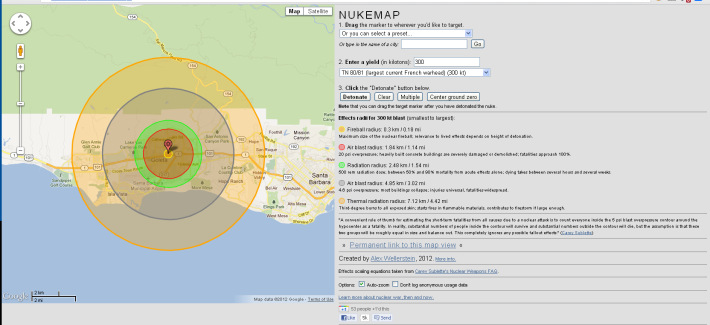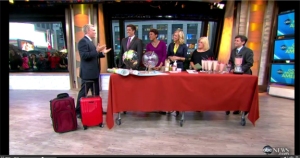Matthew Cusick’s art has a hidden side. Get close up and you will see that he has created these wonderful collages from recycled maps.
Using topography, street lines, shading and borders he creates meticulously detailed works that make stunning viewing. The subject matter varies, from horses, to waves and freeway interchanges. A graduate of The Cooper Union for the Advancement of Science & Art, Matthew resides in Dallas, TX. His work has shown across the world including numerous exhibition in his birthplace, New York City.
He gave this interview to Alice’s Blog at My Modern Met in March of 2011.
What got you into creating portraits and landscapes with maps?
About nine years ago, frustrated with paint and brushes, I just started experimenting with some maps I had laying around the studio. I found that maps have all the properties of a brushstroke: nuance, density, line, movement, and color. Their palette is deliberate and symbolic, acting as a cognitive mechanism to help us internalize the external. And furthermore, since each map fragment is an index of a specific place and time, I could combine fragments from different maps and construct geographical timelines within my paintings.
Maps provided so much potential, so many layers. I put away my brushes and decided to see where the maps would take me. I think collage is a medium perfectly suited to the complexities of our time. It speaks to a society that is over-saturated with disparate visual information. It attempts to put order to the clutter and to make something permanent from the waste of the temporary. A collage is also a time capsule; it preserves the ephemera of the past. It reconstitutes things that have been discarded. A collage must rely on a kind of alchemy; it must combine ordinary elements into something extraordinary.

How long does one piece take?
It is hard to say exactly. I never keep track of the hours. I’ll work on a piece for two or three weeks and then put it aside and start a new one. To really understand what is going on in one piece I need to be working on another. I’ll usually have at least two or three in rotation. I just finished a sixteen-foot wave commission that I’ve been working on for a year. Normally, a four-by-six foot piece takes about three months to complete. The smaller ones can take three to six weeks. The portraits are the most difficult, no matter what size. Sometimes I scrape off all the maps and start over again, and some subjects I work and re-work for years.
How much paint do you use on top of the maps?
I never paint on the maps. I let the maps be themselves and they establish the palette for me. Sometimes there will be an underpainting that is revealed when I scrape off maps that aren’t working. These areas are never planned though, just happy accidents. I do often paint the sky of a composition a single flat color.
If I need to manipulate the values of the maps in order to achieve richer darks, I use ink, mostly walnut ink that I make myself. This way I am not really adding a new medium to the map, only increasing one that is already there—the ink.
What’s your creative process like? What dictates who or what you’ll create next?
I am always thinking about new creations. Usually my best ideas come to me as I’m working on something else or just keeping busy in the studio. Whenever they come I jot them down in a notebook. Then, when I am ready to start something new I look through these notebooks. There are deadlines, and commissions, and sometimes these can lead to your best work as well, but my creative process is very unpredictable. I typically don’t commit myself to anything but the few pieces that have made it from my notebook to hanging in my studio as works in progress. The next pieces are determined by the outcome of the ones that proceeded them.
How has the internet helped you with your career?
My work has traveled very little outside of the United States. The internet has enabled people from all over the world to see my work. Yet they are still only seeing the digital reproductions. Even so, it is a wonderful thing to know that the work is being seen and admired globally.



Related Articles -:
http://www.magicalurbanism.com/archives/3993
http://www.odditycentral.com/pics/the-incredible-map-collages-of-matthew-cusick.html
http://www.indoek.com/archives/4098
http://creativemapping.blogspot.com/2007/05/matthew-cusick-map-art-car-travel.html











